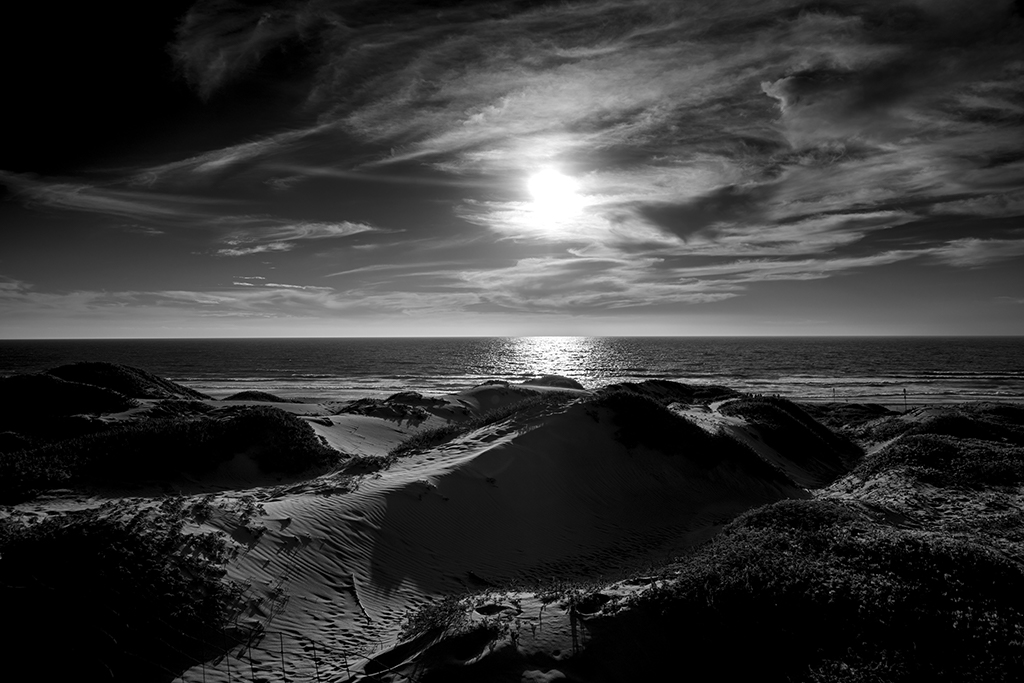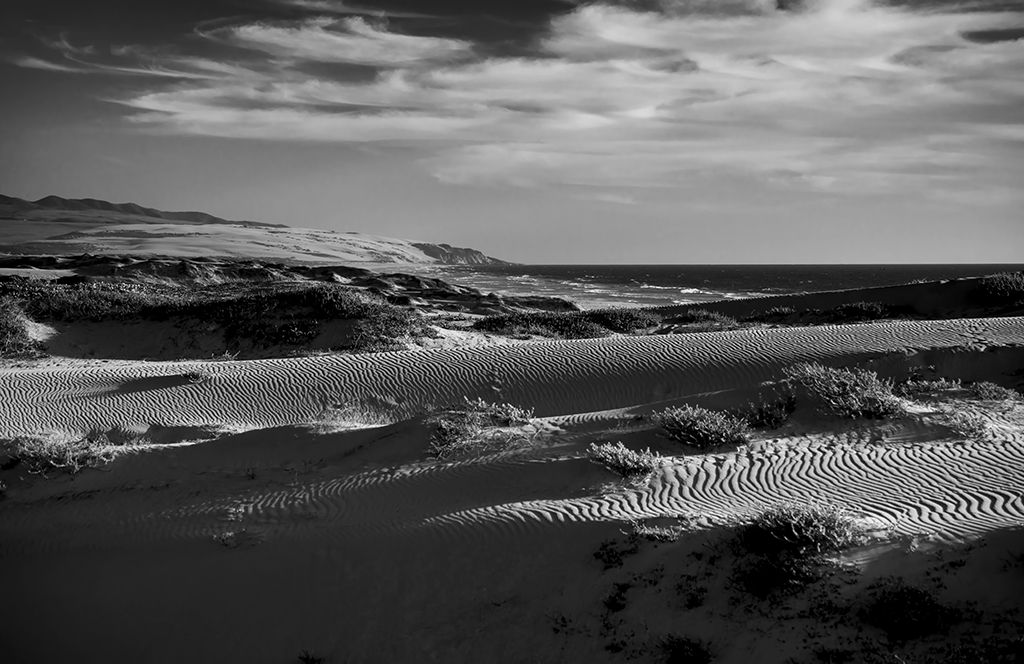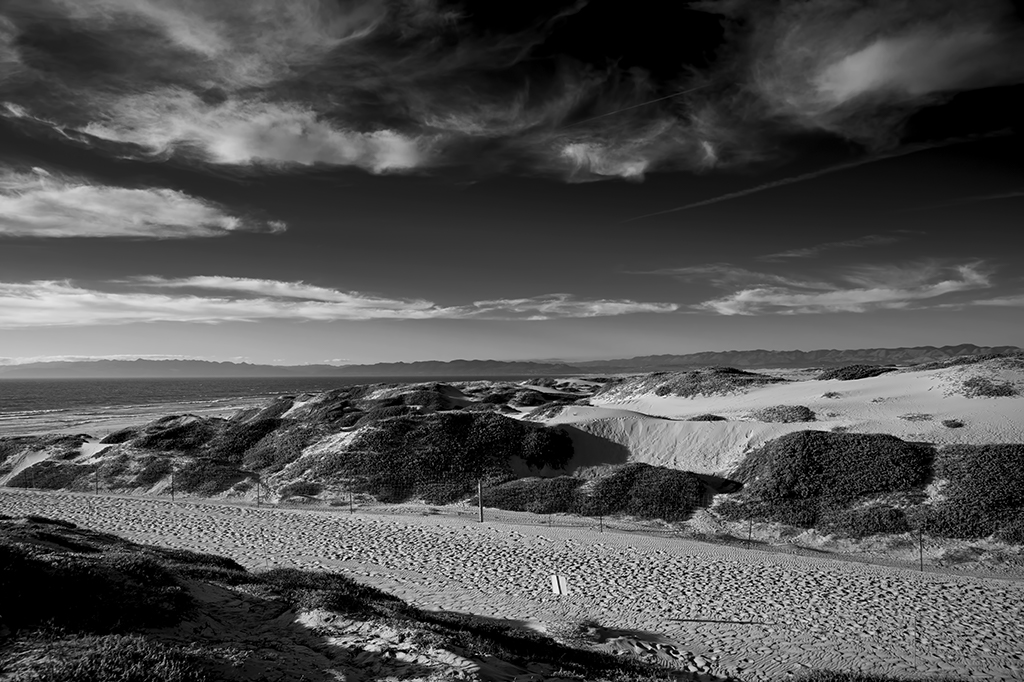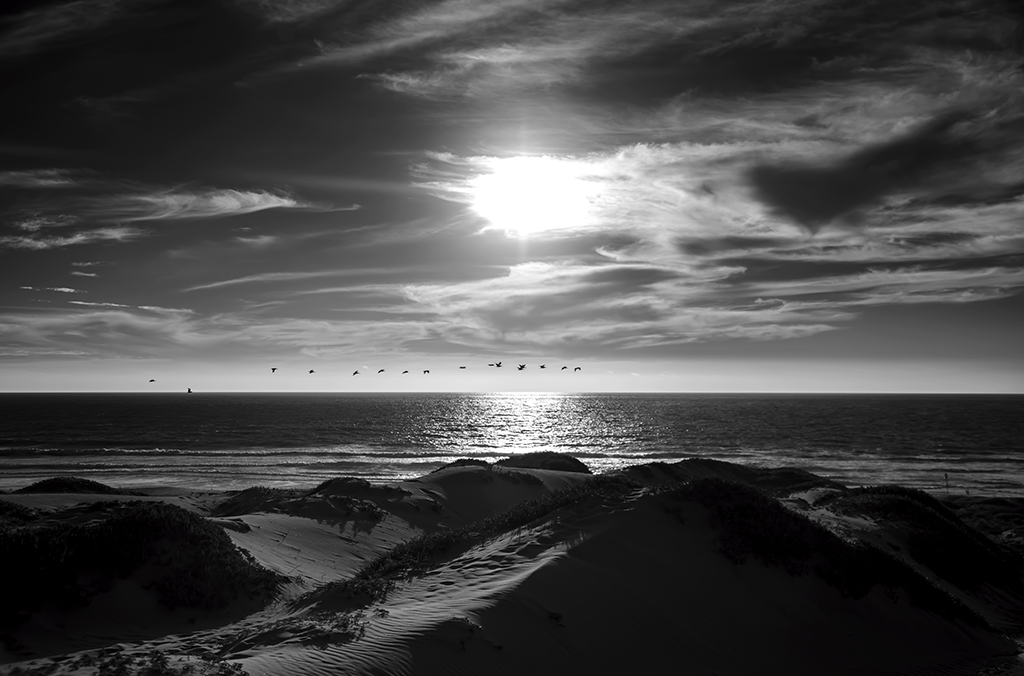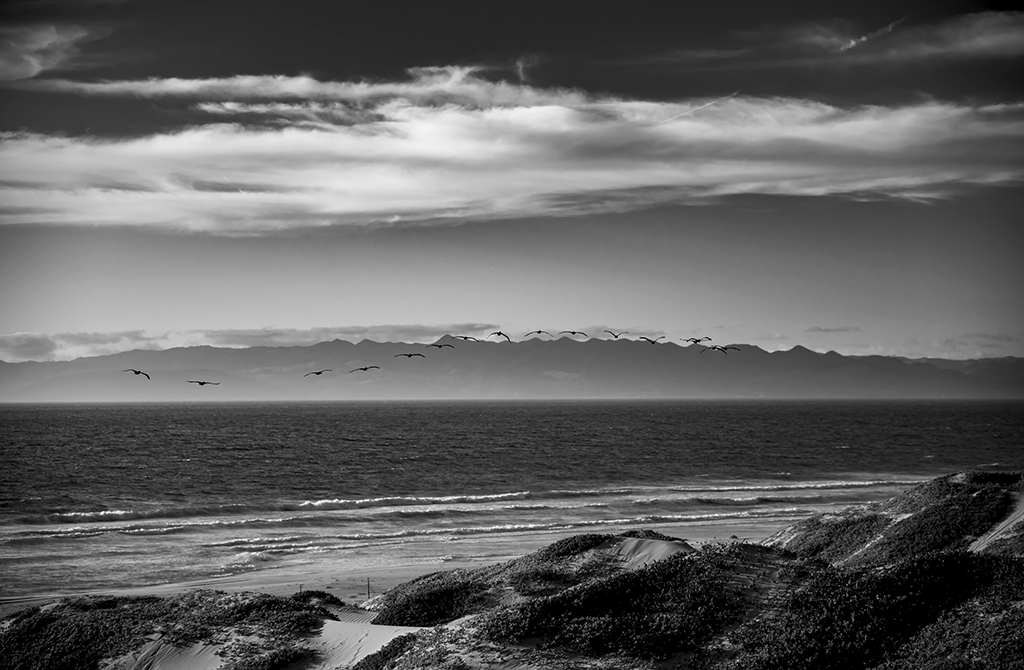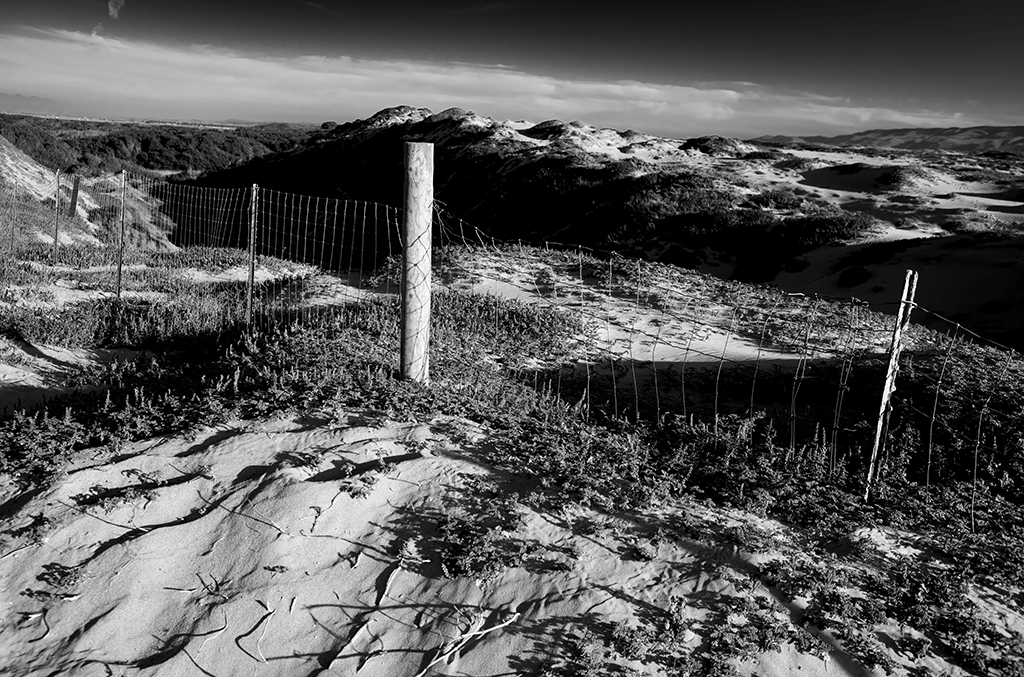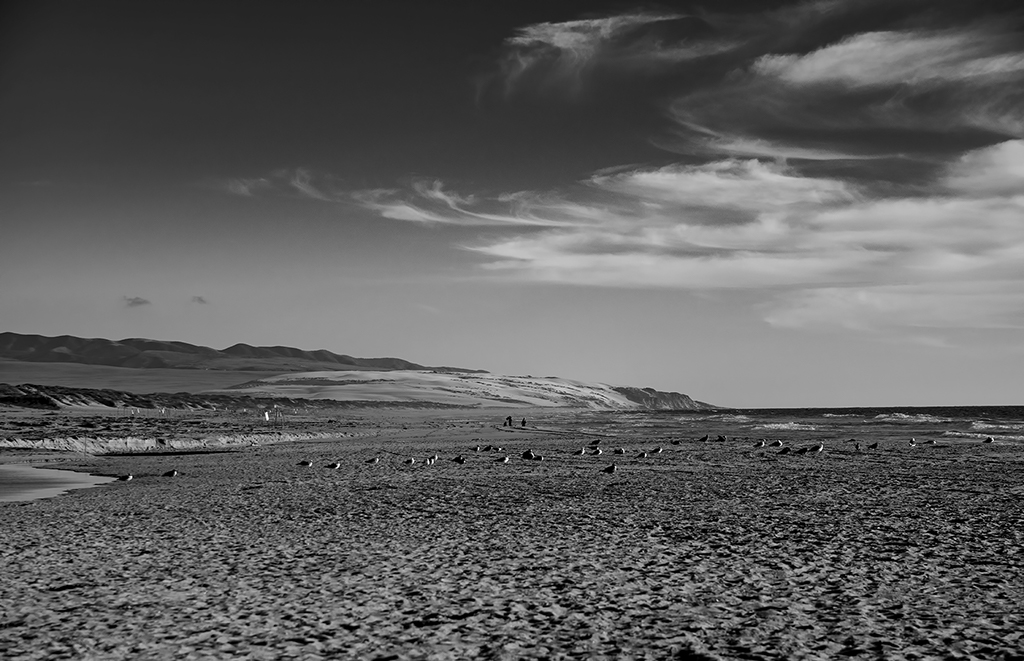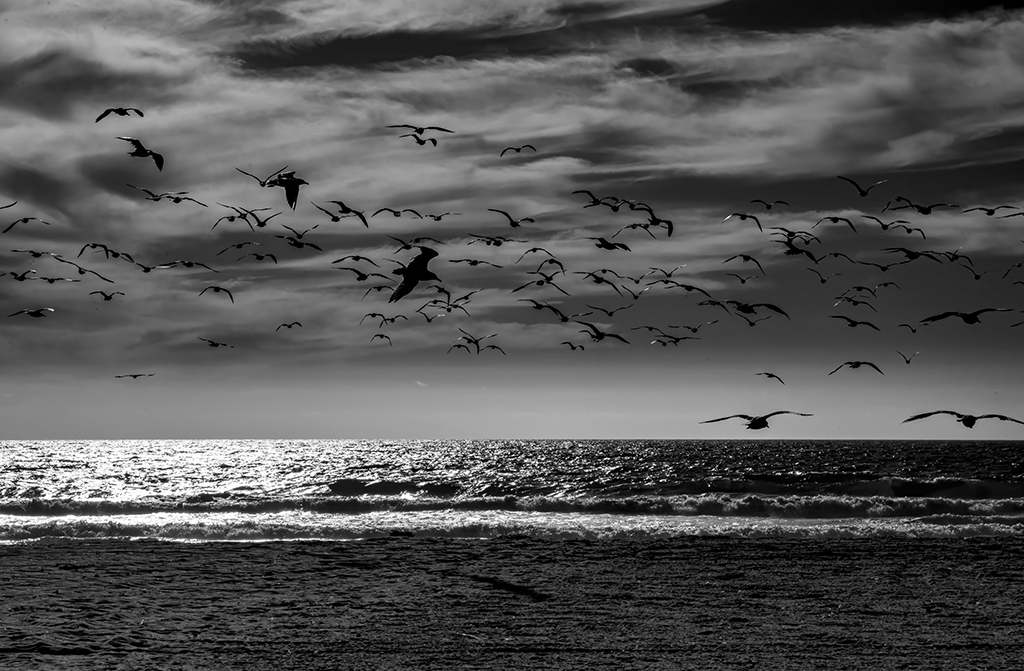People usually think of leopards in the savannas of Africa but in the Russian Far East, a rare subspecies has adapted to life in the temperate forests that make up the northern-most part of the species’ range. Similar to other leopards, the Amur leopard can run at speeds of up to 37 miles per hour. This incredible animal has been reported to leap more than 19 feet horizontally and up to 10 feet vertically.
The Amur leopard is also known as the Far East leopard, the Manchurian leopard or the Korean leopard.
Status: Critically Endangered
Population: More than 84 individuals
Scientific Name: Panthera pardus orientalis
Photographed at The Cat House
EFBC's Feline Conservation Center are dedicated to the protection and preservation of the world's endangered felines.
http://www.cathouse-fcc.org/
A Place In Time
I live in Sonoma County where the Russian River meets the Pacific Ocean. Recently we have been battered with Atmospheric River Storms. Our river could not handle all of the rain and has flooded it banks and submerged towns. Sometimes in the mist of all of this rain I think about a spot I would like to transport back in time. September 2018 in the redwoods in northern California. I sat on this bench and took a deep breath of the forest air and closed my eyes.
Sonoma Art Pop Up Extened To December 31st
The Sonoma Art pop up gallery at 156 N. Main Street, Sebastopol has extended it dates. The will be open till December 31st open from 11am to 6pm. They will be closed for Xmas. I have several pieces of work as well as one of a kind items on sale.
Sonoma Art Gallery Pop Up in Sebastopol
I am excited to be asked to be in the Sonoma Art pop up art gallery in Sebastopol. The artist reception will be on December 8th, 5pm to 7pm with music, food and beverages. The gallery will be open from December 8th to December 23rd, 11am to 6pm each day.
New Gallery: Oregon Sunsets
On a 8 day exploration of the Oregon coast I visited many coastal areas with whales, seals, sea lions among the sea stakes looming out of the water. I was treated to golden and blue twilights to red flaming sunsets. At Harris beach the sky had smoke and ash from a fire in central Oregon. The sun was aglow in bright orange. At Show Acres near the seal and sea lion rookery the clouds were ablaze in reds to blues.
New Gallery: Oregon Sea Stacks
Isolated outcrops of rock standing in the ocean are called sea stacks, and they are remnants of rocky headlands that were eroded by wave action. They are indeed ancient – millions and millions of years old. And incredibly resilient. Many stacks were the result of volcanic action, with lava flowing to the sea. Cooling lava became hardened basalt over time. The heavy basalt remained buried under marine sediments for millions of years. As the climate shifted and sea level receded, the rocks were revealed and parts worn away by winds and water. Tidepools at the base of many sea stacks provide habitat for a variety of marine creatures. Soil has settled into crevices of some of the sea stacks, building up a soft layer perfect for nesting puffins, murres and other seabirds.
Click on an image to view larger.
Oregon Lighthouse: Heceta Lighthouse
On my trip to the Oregon Coast I visited many of there lighthouse. The Heceta Head Lighthouse and Light Keeper’s home are circa 1894. Both are listed on the National Register of Historic Places. The lighthouse is a working lighthouse. From a height of 205 feet above the ocean, its “first order” Fresnel lens, casts it’s beams some 21 miles out to sea. It is the brightest light on the Oregon coast. It is said to be the most photographed lighthouse in the United States.
New Gallery: Stand4Redwoods
Save the Redwoods League is turning 100 years old in 2018. Please share your redwood photos on instagram and twitter with the #Stand4Redwoods hashtags. A new gallery entitled Save The Redwoods are redwoods from my recent trip to several national and state redwood parks. Click on the thumbnail to see full view.
New Gallery: Stone Lagoon
What attracted me to Stone Lagoon was the beautiful refections in the lagoon. I photographed it early in the day with fog still on the water and later in the day.
Stone Lagoon breaches its 1.5-mile ocean barrier much less frequently than Big Lagoon; years may elapse between breaks. Watch for river otters or Roosevelt elk that graze south of Stone Lagoon.
Humboldt Lagoons State Park lies on the sandy, windswept edge of ocean and forest. Formed by the clash of two tectonic plates, it’s part of the largest lagoon system in the United States. Forty miles north of Eureka, the park includes Big Lagoon, Stone Lagoon, and Freshwater Lagoon, as well as Dry Lagoon, which is now a marsh, bordered by dunes, forests, prairies, and coastal scrub. With such varied habitats, wildlife thrives. On a single visit, you can see whales and elk, trout and salmon, pelicans and woodpeckers.
Oregon Coast: South Slough National Estuarine Research Reserve
I spent an afternoon exploring Oregon’s South Slough National Estuarine Research Reserve. Living in Jenner by the Sea, CA I was interested in seeing a estuary in Oregon and learning about their research. The reserve is 4,771 acres and provides habitats for salmon, great blue herons, bald eagles, migrating ducks, elk, sea otters, oysters, and crabs. The Reserve offers a diverse landscape of open waters, emergent islands, streams, salt marshes, and conifer-forested uplands.
New Gallery: A Walk Around San Francisco
I love architectural details old and new. In this gallery I selected a few photos I took on one of my walks around town.
New Gallery: Guadalupe-Nipomo Dunes
The Guadalupe-Nipomo Dunes National Wildlife Refuge was established in 2000 at 2, 553 acres located in the heart of an 18-mile long coastal dunes complex. The refuge is located five miles northwest of Guadalupe, California, and the refuge boundary covers 1.8 miles of beach front, extending three miles inland.

















































